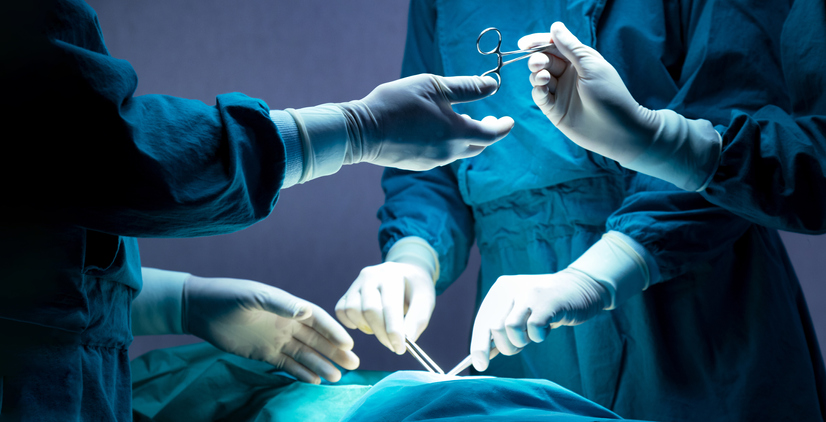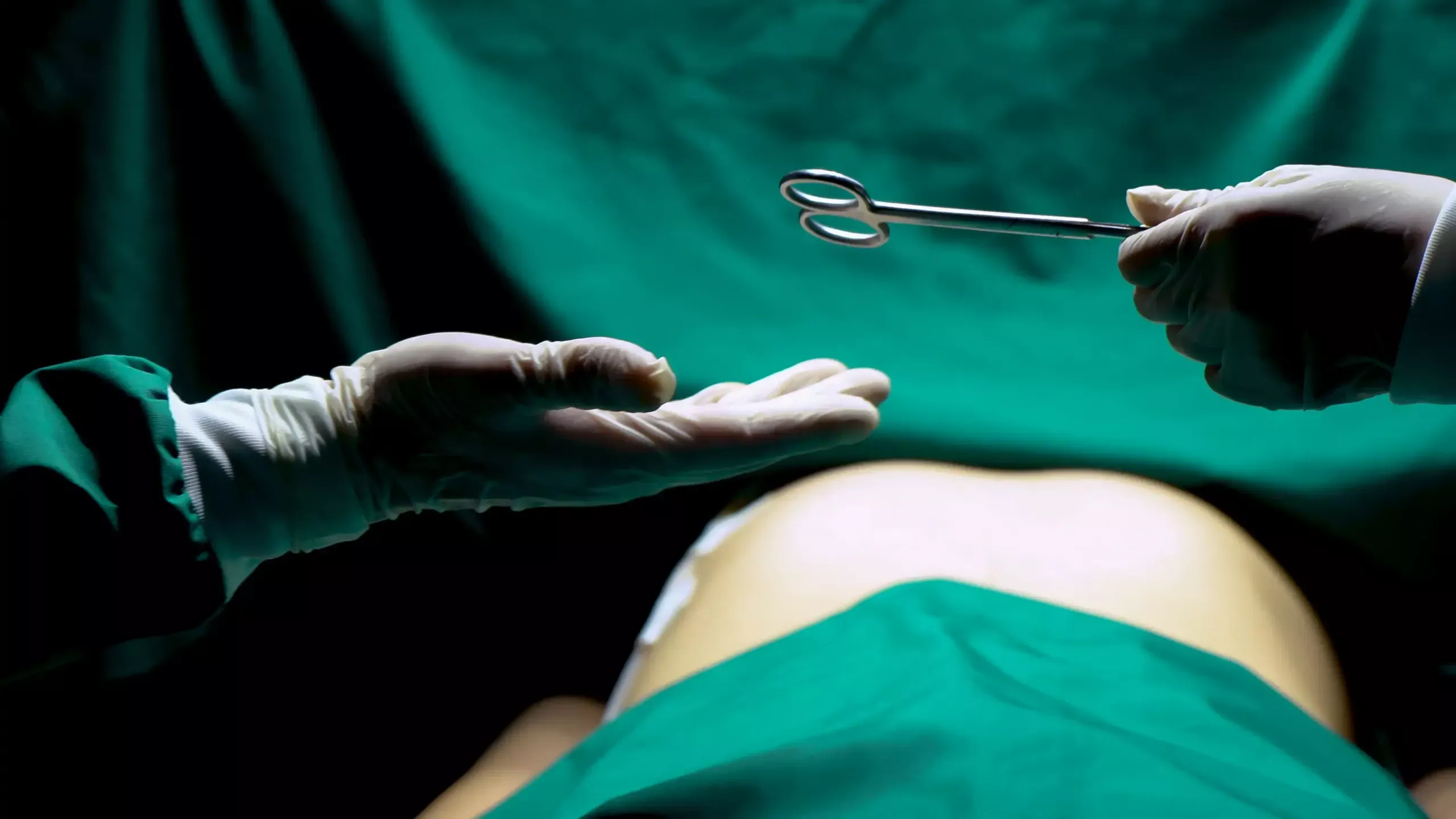Anyone who has had a pilonidal cyst, knows that it can be a source of great concern or discomfort for them. But how serious is the disease? If you or a loved one is dealing with a pilonidal cyst, it’s important to understand the nature of this condition and its potential severity. As experts in the field, we will provide you with up-to-date and important information on how to navigate your pilonidal cysts moving forward, as well as give you options for management and treatment.

A pilonidal cyst is a common condition that typically develops in the cleft of the buttocks near the tailbone. It is characterized by the formation of a small sac or cyst filled with fluid, hair, and debris beneath the skin’s surface. Pilonidal cysts are often caused by loose hairs penetrating the skin, leading to an inflammatory response and the formation of a cyst.
Understanding the Severity
Pilonidal cysts can vary in severity depending on several factors, including the presence of infection, the size and location of the cyst, and the individual’s overall health. While some cysts may cause minimal discomfort and resolve on their own, others can lead to more significant complications. Here, we will explore the potential severity of pilonidal cysts and provide expert guidance on management and treatment.
Mild to Moderate Cases
In many instances, pilonidal cysts present as mild to moderate cases that can be managed with proper care and attention. These cases often involve the following characteristics:
Discomfort and Mild Pain: Mild pain and discomfort are common symptoms associated with pilonidal cysts. The affected area may be tender to the touch, and sitting or prolonged periods of sitting may exacerbate the discomfort.
Mild Inflammation: The cyst may show signs of localized inflammation, such as redness, swelling, and warmth around the affected area.
Occasional Drainage: The cyst may occasionally drain fluid, pus, or blood through a small opening or sinus in the skin. This drainage may subside or recur intermittently.
Treatment and Management
For mild to moderate cases of pilonidal cysts, the following measures are typically recommended:
Pain Management: Over-the-counter pain relievers, such as acetaminophen or ibuprofen, can help alleviate mild to moderate pain associated with pilonidal cysts.
Warm Compresses: Applying warm compresses to the affected area several times a day can help reduce inflammation, promote drainage, and provide symptomatic relief.
Proper Hygiene: Maintaining good hygiene by keeping the area clean and dry is crucial. Gentle cleansing with mild soap and water, followed by thorough drying, can help prevent infection and further complications.
Avoiding Prolonged Sitting: Minimizing prolonged periods of sitting or using a cushion or pillow to relieve pressure on the cyst can help alleviate discomfort and aid in healing.
Severe Cases and Complications
While many pilonidal cysts can be managed effectively with conservative measures, some cases may progress or lead to complications. Severe cases and complications may involve the following factors:
Persistent or Intense Pain: Severe pain that persists despite conservative measures may indicate a more severe or complicated cyst.
Extensive Inflammation and Abscess Formation: In some cases, the cyst may become infected, leading to the formation of an abscess—a pocket of pus—within the cyst or in the surrounding tissues. Abscesses can cause significant pain, swelling, and fever.
Recurrent or Chronic Cysts: Some individuals may experience recurrent pilonidal cysts, which can become chronic and lead to ongoing discomfort and complications.
Cellulitis and Systemic Infection: In rare cases, an infected pilonidal cyst can result in cellulitis—an infection of the skin and underlying tissues. If left untreated, the infection can spread to the bloodstream and lead to a systemic infection, which requires immediate medical attention.
Expert Recommendations and Treatment Options
When dealing with severe cases or complications of pilonidal cysts, it is crucial to seek medical advice and consult with healthcare professionals. Depending on the specific circumstances, the following treatment options may be considered:
Incision and Drainage: For abscess formation, a healthcare professional may need to make a small incision to drain the pus and alleviate the infection.
Antibiotic Therapy: In cases of infection or cellulitis, oral or intravenous antibiotics may be prescribed to combat the infection and prevent its spread.
Surgical Interventions: In recurrent or chronic cases, surgical interventions may be recommended. Procedures such as excision, primary closure, or flap reconstruction may be performed to remove the cyst and promote healing.
Follow-Up Care and Prevention: Following treatment, diligent postoperative care and preventive measures, such as proper wound care, maintaining good hygiene, and avoiding prolonged sitting, are essential to prevent recurrence.
Preventive Measures and Lifestyle Considerations
Preventing the development or recurrence of pilonidal cysts involves adopting certain lifestyle considerations and preventive measures:
Regular Hair Removal: For individuals prone to pilonidal cysts, regular hair removal in the affected area, such as shaving or waxing, may help reduce the risk of hair penetration and cyst formation.
Proper Hygiene: Maintaining good hygiene remains crucial for preventing pilonidal cysts. Thoroughly clean the area during bathing, ensuring that soap and water reach the cleft of the buttocks. Gentle drying is equally important to prevent moisture accumulation.
Avoiding Prolonged Sitting or Pressure: Individuals with a history of pilonidal cysts should aim to minimize prolonged periods of sitting or pressure on the tailbone area. Taking breaks, using cushions or pillows for added support, and practicing proper posture can help reduce the risk of cyst formation.
Weight Management: Maintaining a healthy weight and avoiding obesity can also contribute to preventing pilonidal cysts. Excess weight can put additional pressure on the tailbone area, potentially leading to hair penetration and cyst development.
Regular Exercise: Engaging in regular physical activity and exercise can promote overall health and well-being, including improved blood circulation, which may aid in preventing cyst formation.
Avoiding Tight Clothing: Wearing loose-fitting clothing, especially in the buttock region, can help reduce friction and pressure, minimizing the risk of pilonidal cysts.
Seeking Professional Advice
If you or your loved one experiences recurring or severe pilonidal disease, it is advisable to consult a healthcare professional who specializes in the treatment of such conditions. They can provide a thorough evaluation, discuss appropriate treatment options, and offer guidance tailored to your specific situation.
Understanding the severity of pilonidal cysts is crucial for appropriate management and treatment. While mild to moderate cases can often be addressed with conservative measures, severe cases, and complications may require medical intervention. By following preventive measures, seeking professional advice when necessary, and maintaining good hygiene, you can minimize the risk of pilonidal cysts and promote overall well-being. Remember, compassionate care and support are available to help you navigate this condition and improve your quality of life.
Get in touch with a Pilonidal Cyst Surgeon Today
If you have a pilonidal cyst infection, and are concerned about the severity of your case, it is important to reach out to a pilonidal expert today. Pilonidal Experts is here to help with the most up-to-date research and experienced medical professionals. Don’t wait! Call now and set up an appointment today to find out more about how serious a pilonidal cyst can be.
Pilonidal Cyst Removal Near Me
If you are still wondering, “where can I get a pilonidal cyst removed?” we encourage you to contact Pilonidal Experts. Our skilled medical staff specializes in the diagnosis, treatment, and management of pilonidal cysts. We aim to provide tailored attention and effective solutions for your specific needs using our knowledge and thorough approach.
Remember that early detection and treatment are critical in controlling pilonidal cysts and avoiding problems. You can receive the assistance and support you need to address your condition efficiently by collaborating with qualified specialists in the field. Contact Pilonidal Experts right away to take charge of your pilonidal cyst treatment.








